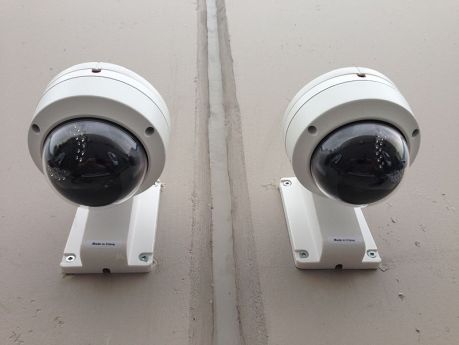
An EU team created a novel system of linked encoders and analysers, optimised for automated video monitoring applications. Outcomes included efficient new pipeline software offering various performance improvements, such as superior tracking and stabilisation.

Airborne biological agents can be easily detected and analysed with the aid of a portable device developed by an EU-funded consortium. The system will facilitate a rapid and potentially life-saving response in the case of bioterrorism or an accidental release from a laboratory.

An EU team developed a set of utilities that aid in the assessment of urban dangers. The tools include information sources of a structural or event-response nature, to be used alone or together with a decision-support module.

Hackers often break into smart cards and other secure technologies, undermining current cryptographic technology. One enterprising EU-funded project is helping to overcome this challenge.
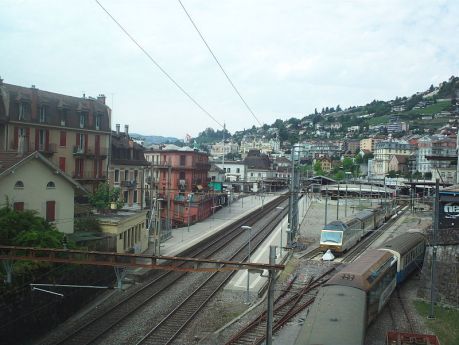
Ultrasound is commonly used to detect structural damage in rail infrastructure, but current technology is not useful for safety-critical crossing points. An EU initiative delivered the much-needed inspection system.
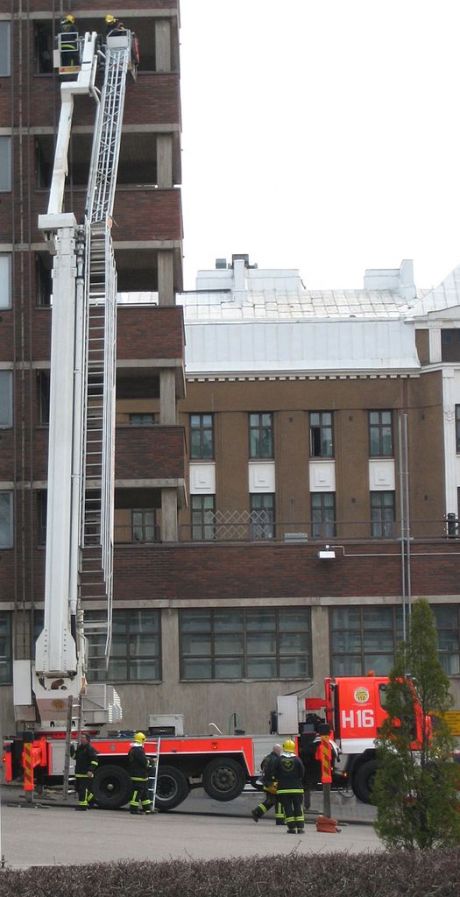
A study of steel beams and concrete floors has supported our understanding of how buildings react during fires, helping to promote fire safety in Europe.

High-tech sensors placed in sewer systems across European cities could one day help detect and dismantle bombs before they explode. The technology is already available.

Natural disasters such as earthquakes, floods and wind storms render thousands of people homeless every year. Portable, environment-friendly inflatable structures can provide a safe temporary emergency shelter for people without a roof.
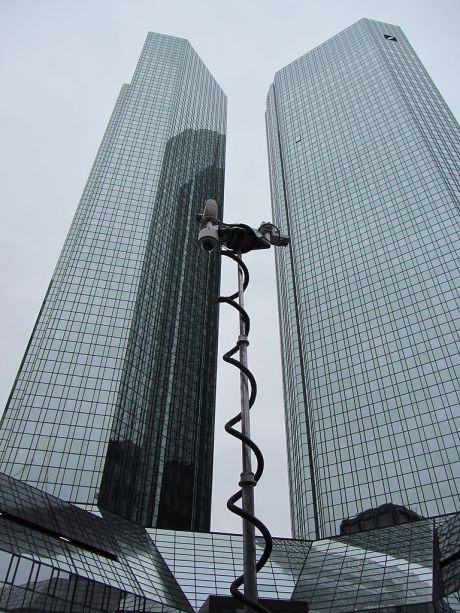
Does more security invariably lead to less privacy? An EU initiative looked into the trade-off thinking between privacy and security in order to provide new insight into the links between surveillance, privacy and security.
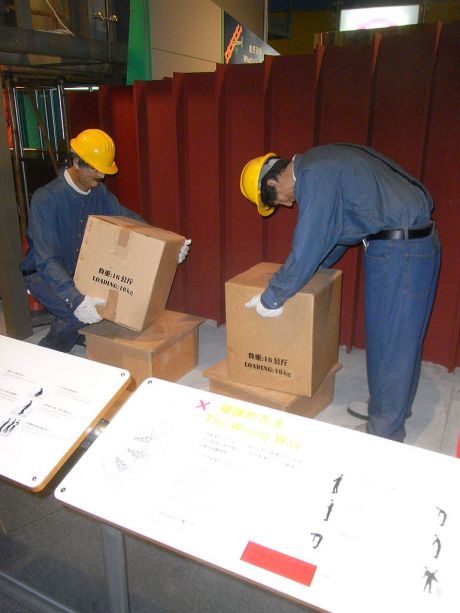
Better occupational safety and health (OSH) in the manufacturing industry can save lives and render the sector more competitive. An EU-funded project developed a new set of tools to further these aims.
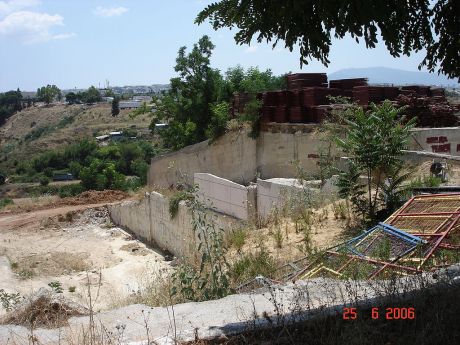
An EU initiative developed a multifaceted probabilistic system to forecast earthquakes in order to help protect vulnerable European cities, their inhabitants and infrastructures
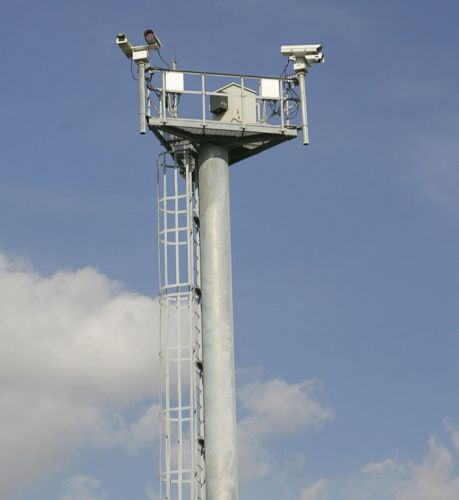
Smaller, faster and less expensive airborne sensors promise to advance and modernise monitoring of EU borders.
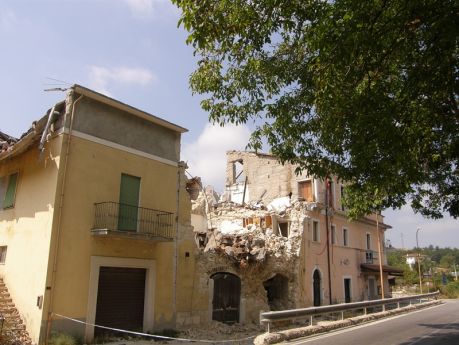
A new European initiative has collated earthquake risk information and services from a number of sources to better protect infrastructure and people against earthquakes.
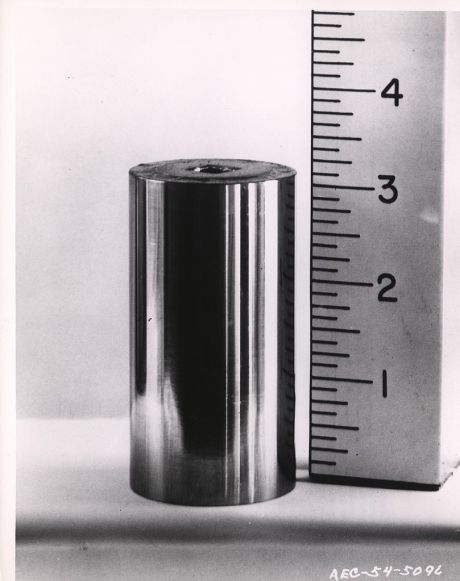
A consortium of European scientists has developed a system for preventing accidents or attacks involving radioactive and nuclear sources.
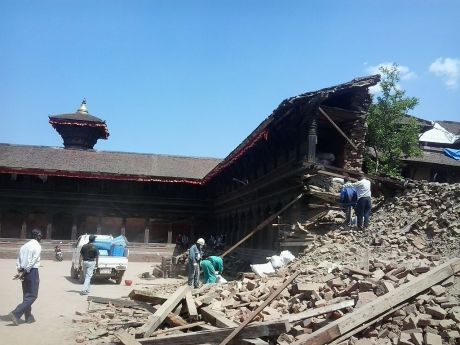
Energy-efficient flying robots could one day work together in 'swarms' to radically improve search and rescue operations.
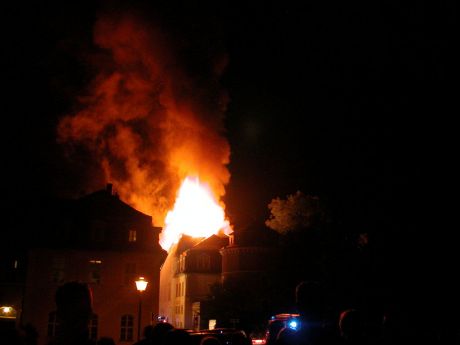
The shortcomings of today's fire testing systems for buildings have opened the door to more flexible performance-based solutions. An EU initiative is developing methodologies and tools to support this shift.
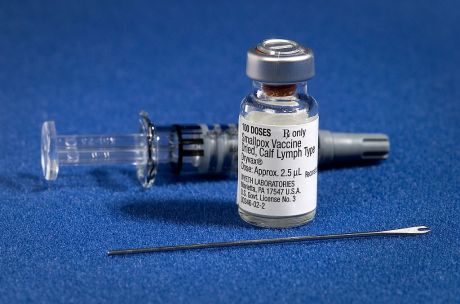
An EU study examined behavioural and communication issues surrounding major epidemic outbreaks. Tools have been developed for policy makers for effective communication about response measures such as vaccination.

High-tech sensors are being designed to capture much better fingerprints faster, enhancing security and speeding it up – particularly at border crossings.
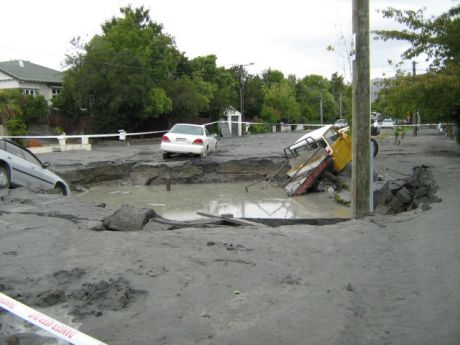
European training and disaster mitigation is equipping Palestinians to manage threatening seismic events if and when they occur.

Scientists collaborated with technology developers to develop a portable unit that detects and analyses airborne biological agents. This should facilitate a rapid and life-saving response in the case of bioterrorism or accidental release of deadly pathogens.
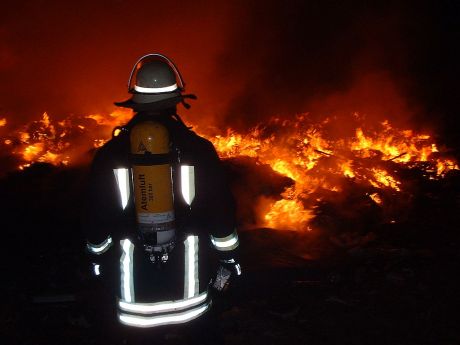
Civil emergencies always involve many separate agencies, and require that they communicate effectively. An EU initiative designed an innovative and secure web-based platform that seamlessly interconnects police, fire fighters and other first responders.

There is a crucial need to step up efforts and raise the level of protection for critical infrastructure (CI) against the growing threat from electromagnetic (EM) attacks. An EU initiative is exploring such threats and their possible effects in order to deliver appropriate mitigation techniques.

Assessing the impact of security research from different perspectives will ensure that the security industry is producing products and services in line with society's actual needs.
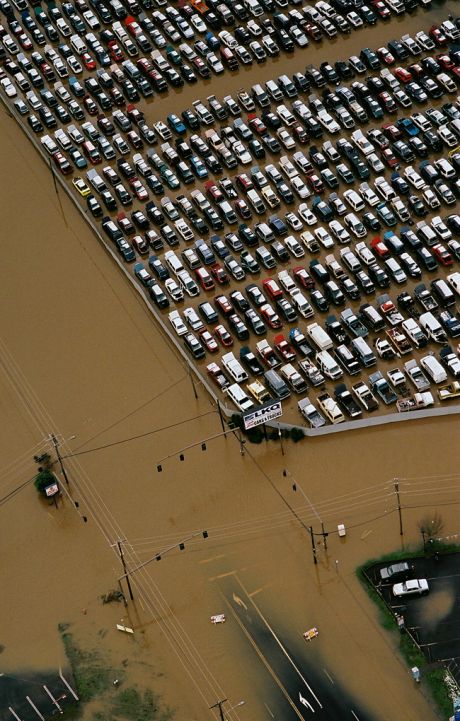
As extreme weather events are becoming more frequent better management of transport network and flow is needed. Building understanding of events and the ways in which different transport modes can adjust to these events is critical for decision-makers, operators and network users.

Researchers have tested an advanced early warning system against the outbreak of epidemics in rural China. Early detection is crucial for limiting the spread and impact of such epidemics.
























